Shift Towards Home-Based Rehabilitation
The Gait Trainer Market is witnessing a shift towards home-based rehabilitation solutions, driven by the increasing preference for at-home care. Patients and caregivers are seeking convenient and effective rehabilitation options that can be utilized in the comfort of their homes. This trend is supported by data indicating that home health care services are projected to grow at a rate of 10% annually. As a result, manufacturers are focusing on developing portable and user-friendly gait trainers that cater to this demand. This shift not only enhances patient satisfaction but also expands the market reach for gait training devices.
Increasing Prevalence of Mobility Disorders
The Gait Trainer Market is significantly influenced by the rising prevalence of mobility disorders, including stroke, Parkinson's disease, and multiple sclerosis. As the aging population continues to grow, the incidence of these conditions is expected to rise, leading to an increased need for effective rehabilitation solutions. Recent statistics suggest that approximately 15 million people worldwide suffer from stroke annually, many of whom require gait training to regain mobility. This growing patient base is likely to propel the demand for gait trainers, as healthcare providers seek effective tools to enhance recovery and improve quality of life.
Rising Awareness of Rehabilitation Benefits
The Gait Trainer Market is benefiting from a growing awareness of the importance of rehabilitation in recovery processes. Healthcare professionals and patients alike are increasingly recognizing the role of gait training in improving mobility and independence. Educational initiatives and campaigns are being launched to inform the public about the advantages of using gait trainers, which is likely to stimulate market growth. Furthermore, studies have shown that early intervention with gait training can lead to better long-term outcomes, thereby encouraging healthcare providers to incorporate these devices into their treatment protocols.
Technological Advancements in Gait Trainer Market
The Gait Trainer Market is experiencing a notable transformation due to rapid technological advancements. Innovations such as robotic-assisted gait trainers and virtual reality integration are enhancing rehabilitation outcomes. These technologies not only improve patient engagement but also provide real-time feedback to therapists, thereby optimizing treatment plans. According to recent data, the market for robotic rehabilitation devices is projected to grow at a compound annual growth rate of approximately 25% over the next five years. This surge indicates a strong inclination towards incorporating advanced technologies in rehabilitation practices, which is likely to drive the demand for gait trainers significantly.
Government Initiatives and Funding for Rehabilitation
The Gait Trainer Market is positively impacted by various government initiatives aimed at improving rehabilitation services. Many governments are increasing funding for healthcare programs that focus on rehabilitation, particularly for elderly populations and individuals with disabilities. This financial support is crucial for the development and distribution of gait trainers, as it enables healthcare facilities to invest in advanced rehabilitation technologies. Recent reports indicate that government spending on rehabilitation services is expected to rise by 15% over the next few years, which could significantly enhance the accessibility and availability of gait trainers in various healthcare settings.


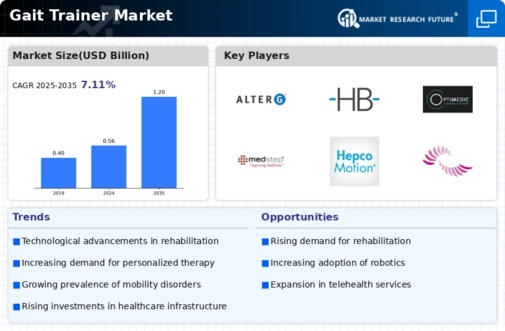
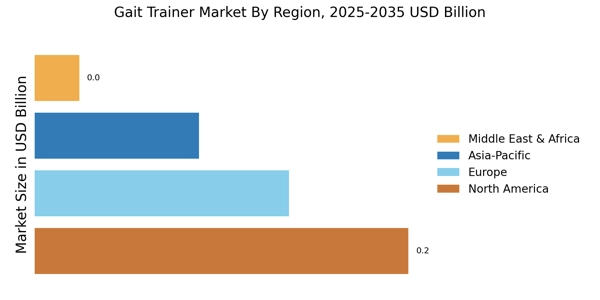

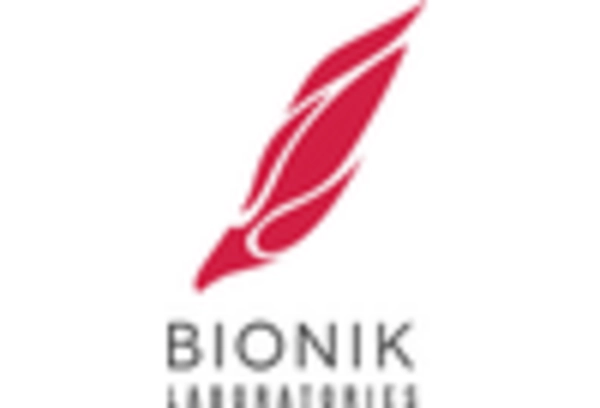
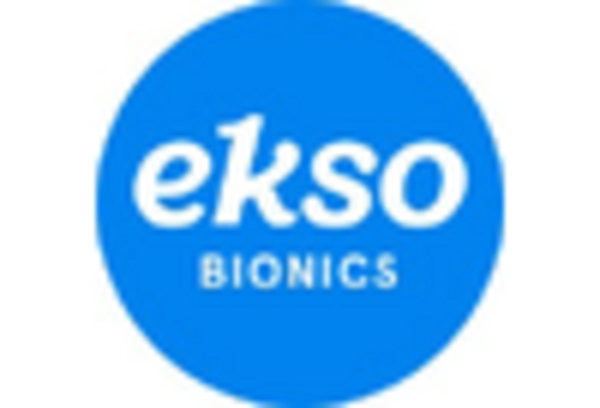
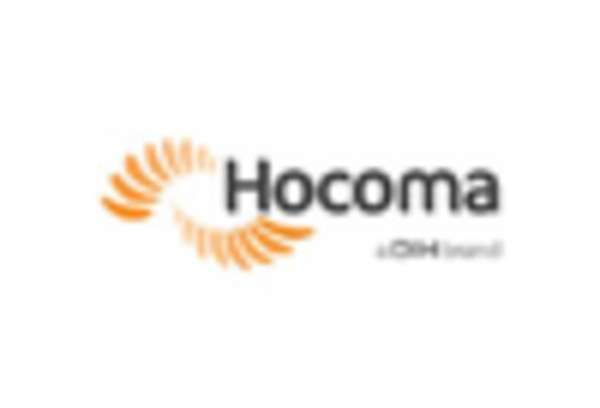
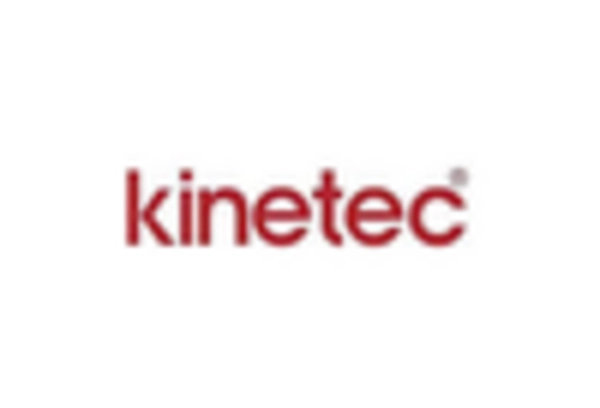









Leave a Comment